
Introducing elements of nature - such as water, vegetation, natural light, stones or even the use of wood - into interior design can provide richer and more complex compositions in the built environment. In these landscaping projects, the textures, silhouettes and, especially, the generated sensations, can establish new relationships of well-being and comfort for the user.
We already talked about the benefits of biophilia in architecture and interior spaces. Today, we highlight 30 projects that developed different solutions in which plants and other natural elements transform the perception of spaces. Examples range from inserting these principles in closed environments or possible framings created through patios or small gardens that blur the boundaries between interior and exterior spaces.
FL House / Jacobsen Arquitetura
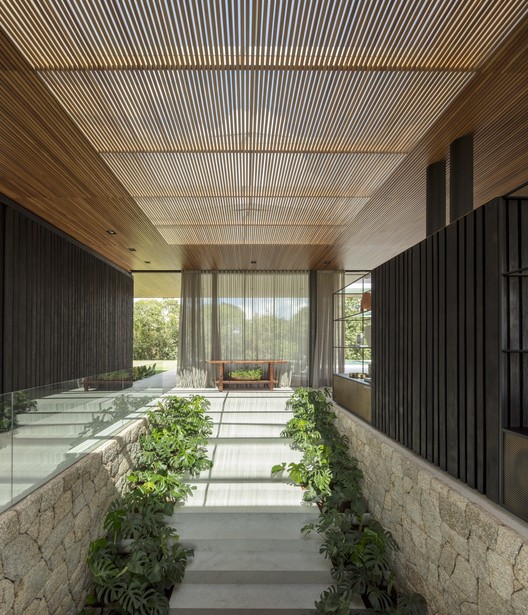
The Stores / Cavill Architects + Jasper Brown

Flick House / DELUTION
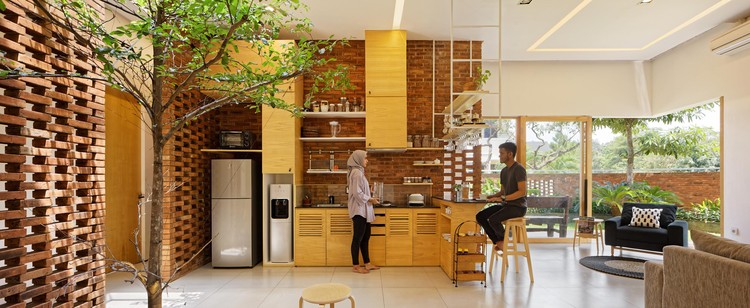
House in Tsukimiyama / Tato Architects

Mi Casa / Studio [+] Valéria Gontijo

The Roof House / Looklen Architects

RL House / Jacobsen Arquitetura
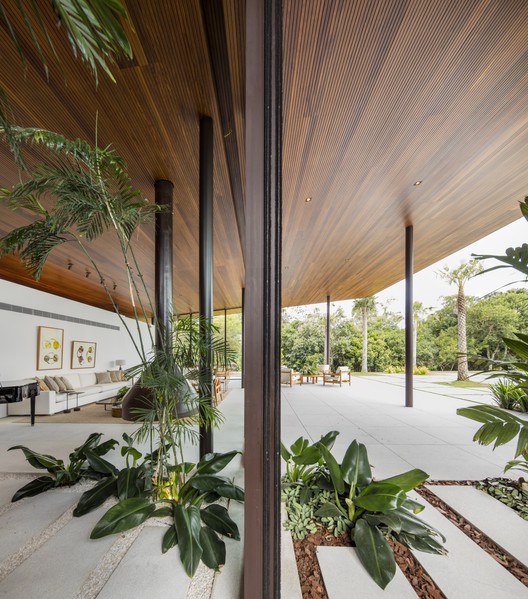
Oficinas Second Home en Hollywood / Selgascano
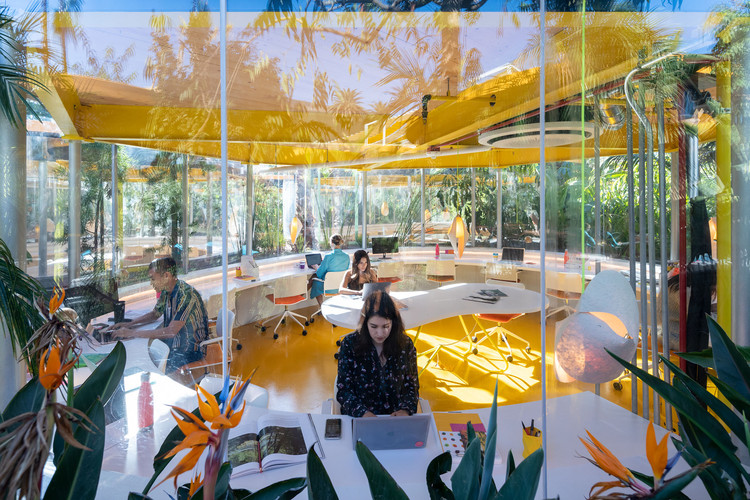
OJALÁ / Andrés Jaque

Mipibu House / Terra e Tuma Arquitetos Associados

Sibipirunas House / Studio Otto Felix

Urban Cabin / Studio Marcio Michaluá
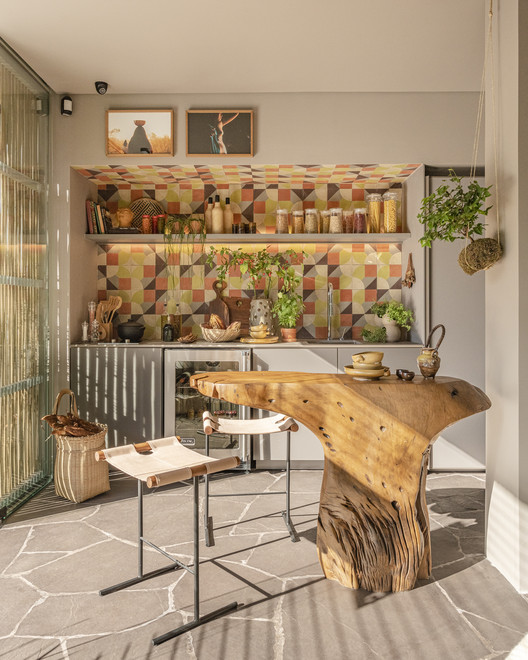
Tij Observatory / RAU architects + RO&AD Architecten

Shoreham House / Tim Spicer Architects

Natural breeze & lighting symphony / MW archstudio

GYRE.FOOD Restaurants & Shops / Atelier Tsuyoshi Tane Architects

Soul Garden House / Spacefiction Studio

Redfern Warehouse / Ian Moore Architects

Vanvaaso / Design Work Group

MeMo House / BAM! arquitectura

MLA House / Jacobsen Arquitetura
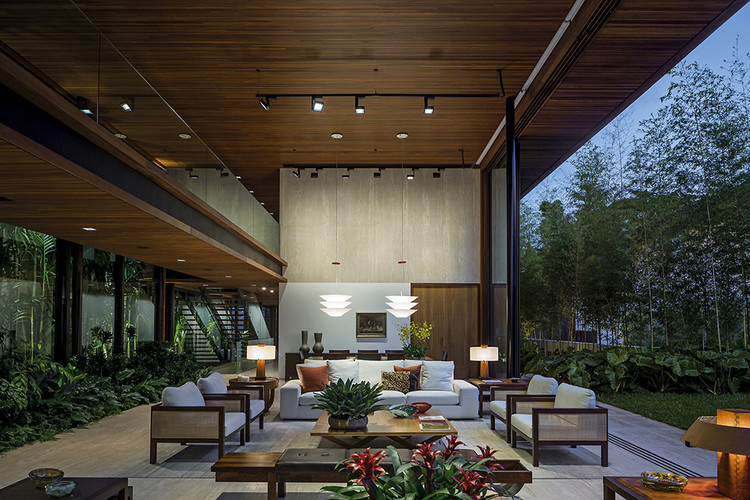
Asahi Facilities Hotarugaike Dormitory KAEDE / Takenaka Corporation

Rocio's Hospital / Manoel Coelho Arquitetura e Design

Fade to Green / HYLA Architects

Naman Retreat Pure Spa / MIA Design Studio

Kodikara House / Lalith Gunadasa Architects

Kientruc o Office / KIENTRUC O
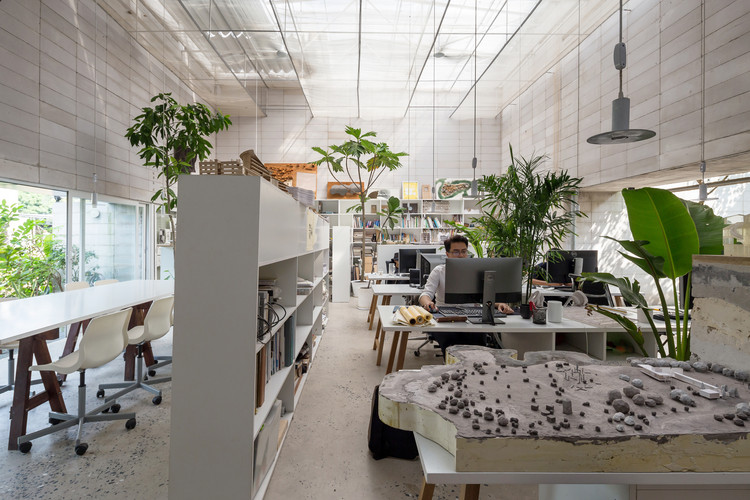
Squint/Opera HQ / Sibling

Green Concept House / YANG DESIGN

CH House / ODDO architects
































